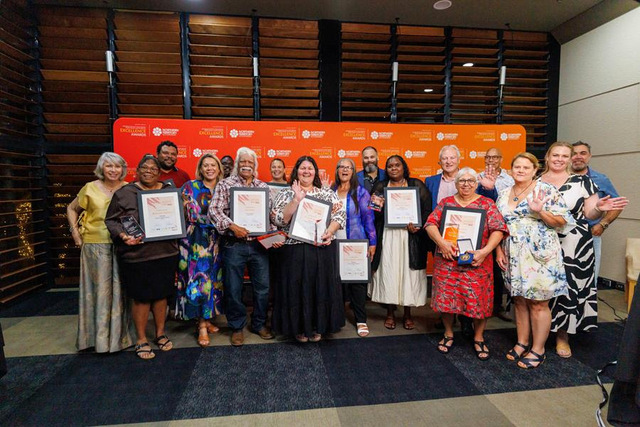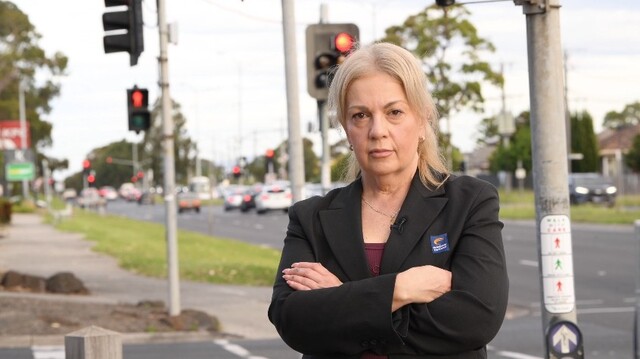Manningham Council’s premier new Mullum Mullum Stadium in Victoria is changing the game with sustainable design a key feature of this facility.
Opened in July, it is one of the largest community sporting facilities in Melbourne’s east.
With cutting edge solar technology and sustainable water use forming part of its design, the 6000 square metre, five court stadium gets a big tick for sustainability.
An impressive 1,330 solar panels will help power the stadium, with independent modelling of the 450kW system indicating cumulative savings of $2.2 million over the 25 year life cycle of the photovoltaic system.
Through the solar system and other environmentally sensitive design elements, the facility is expected to save almost 18 million kilograms of carbon dioxide (CO2), equating to 3,250 vehicles off our roads.
Water sensitive urban design, including raingardens and underground tanks, also complement the stadium. They collect stormwater from the roof, which is reused for toilet flushing inside the facility and for the irrigation of landscaped areas within Mullum Mullum Reserve.
Manningham Council Chief Executive Officer, Warwick Winn, said the stadium had been designed with the future in mind and sustainability at the forefront.
“Through innovative design and maximising opportunities for environmental sustainability, such as installing a 450kW solar system, we can meet the energy needs of this new premier regional multi-sports complex.
“The solar system in particular will ensure a renewable energy source for Mullum Mullum Stadium and is expected to deliver significant annual savings in electricity costs, with excess power generated by the solar panels to be pumped into the mains electricity grid.”
Featuring five indoor sports courts, seating for up to 500 spectators, a café and function facilities, it is estimated that Mullum Mullum Stadium will cater for about 100,000 users each year.
The $20 million project has secured $878,000 in State Government funding, including through Sport and Recreation Victoria, Melbourne Water and the Taxi Services Commission.








